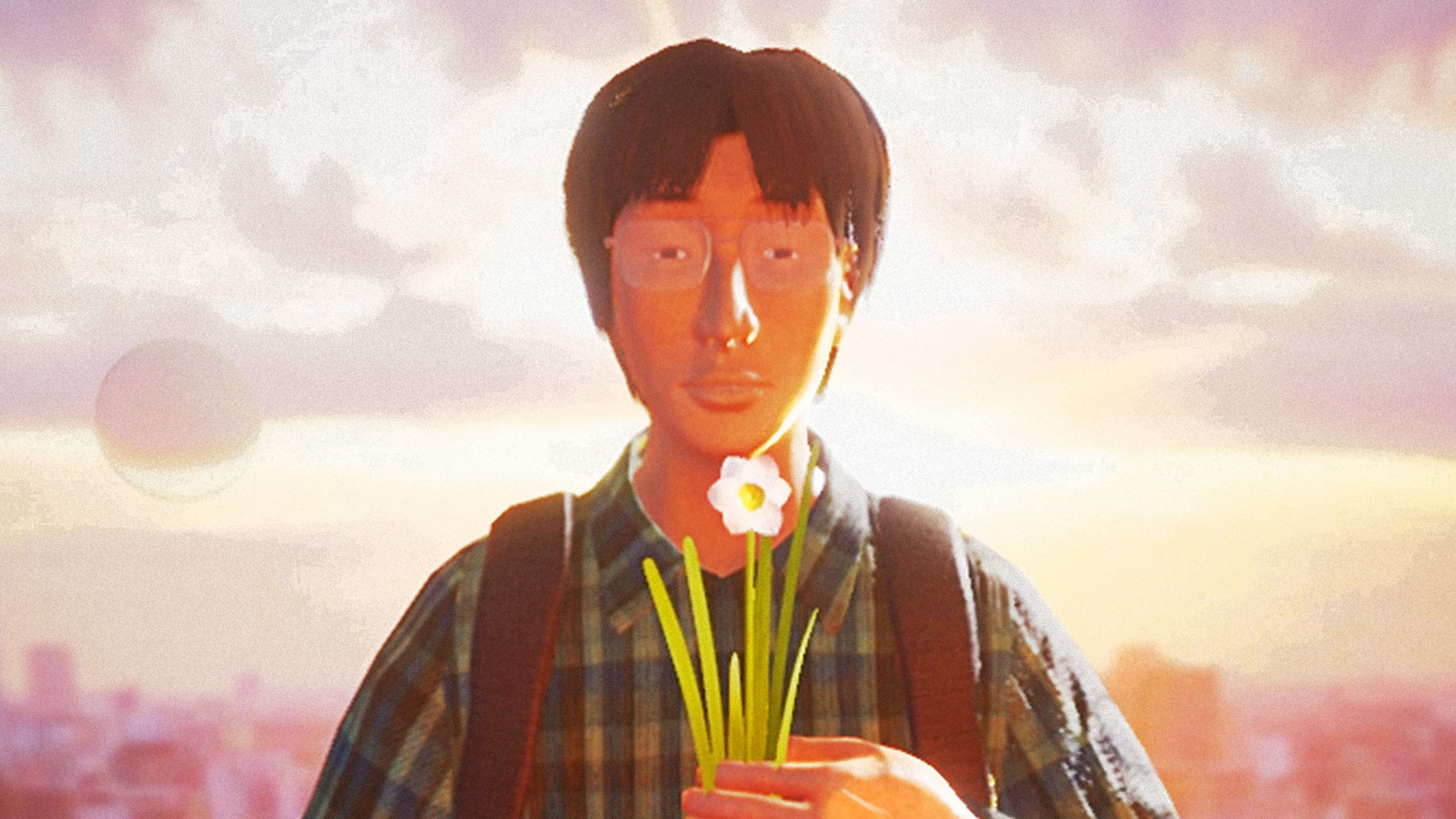The Japanese word hikikomori translates to “pulling inward.” The term was coined in 1998 by Japanese psychiatrist Tamaki Saitō to describe a burgeoning social phenomenon among young people who, feeling the extreme pressures to succeed in their school, work, and social lives and fearing failure, decided to withdraw from society. At the time, it was estimated that around a million people were choosing to not leave their homes or interact with others for at least six months, some for years. It is now estimated that around 1.2% of Japan’s population are hikikomori.
When this trend was identified in the mid-1990s, it was used to describe young, male recluses. However, research has shown that there is an increasing number of middle-aged hikikomori. In addition, many female hikikomori are not acknowledged because women are expected to adopt domestic roles, and their withdrawal from society can go unnoticed.
Japanese manga researchers Ulrich Heinze and Penelope Thomas explain that, in recent years, there has been a subtle change in how people understand the phenomena of hikikomori. This shift is manifested through increased awareness of the complexity of the hikikomori experience within the mainstream media and acknowledgment of social pressures that can lead to social withdrawal. They suggest that the refusal to conform to social “norms” (such as career progression, marriage, and parenthood) can be understood as a radical act of introversion and self-discovery.

Beautiful scars
Ex-hikikomori artist Atsushi Watanabe explains that his three-year isolation began through “multiple stages of withdrawal from human relationships, which resulted in feeling completely isolated.” At one point, he remained in bed for more than seven months. It wasn’t until he began to see the negative impact that his withdrawal was having on his mother that he was able to leave his room and reconnect with the world.
“Tell me your emotional scars” is an ongoing creative project by Watanabe. In this project, people can submit anonymous messages on a website, sharing experiences of emotional pain. Watanabe renders the messages into concrete plates, which he then breaks and puts back together again using the traditional Japanese art of kintsugi.
Kinstugi involves the joining of broken ceramics using a lacquer mixed with powdered gold. It is also a philosophy that stresses the art of resilience. The breakage is not the end of the object or something to be hidden, but a thing to be celebrated as part of the object’s history.
Tell me your emotional scars can be understood as a sublimation of this emotional pain—conveying negative, asocial feelings through a process that is socially acceptable, positive, and beautiful. These works are a testament to suffering, but in a way that celebrates the possibility of healing and transformation.
For Watanabe, becoming hikikomori is often a manifestation of emotional scars, and he wants to create alternative ways of understanding unresolved past experiences. Watanabe asks us to “listen to the shaky voices that cannot usually be heard.” Listening to and sharing experiences of hardship and even pain is one way to address the rise in loneliness that has resulted from the COVID-19 pandemic.
Fighting for privacy
Artist Nito Souji became a hikikomori because he wanted to spend his time doing “only things that are worthwhile.” Souji has spent 10 years in isolation developing his creative practice, leading to a video game that explores the hikikomori experience.
The trailer for the video game Pull Stay opens with a scene in which three people break into the home of a hikikomori. The player must fight off intruders as the hikikomori’s robot alter-ego by, for example, frying them in tempura batter or firing water melons at them.
The aim of Pull Stay is to protect the home and seclusion of the hikikomori character. In doing so, the player begins to embody a visceral need for privacy. Pull Stay is testament to the creative outcomes that can come from carving out a profound sense of “headspace.” Souji explains his creative process as “having hope and making a little progress every day. That worked for me.”
Despite choosing to withdraw from society, sustaining hope and indirect connection through creative practice has helped artists such as Souji use this time for self-development. His aim is, and always has been, to be able to reenter society, but on his own terms.
Well-known Japanese entrepreneur Kazumi Ieiri, himself a recovered recluse, describes the hikikomori experience as “a situation where the knot is untied between you and society.” But, he continues, there is no need to hurry to retie social bonds, rather to “tie small knots, little by little.”
The process of returning to “normal life” might be gradual for many of us, but creative expression could be a powerful way to both share experiences of isolation and to reconnect with others within and beyond lockdown.
Jessica Holtaway is a lecturer in visual communication at Solent University.
This article is republished from The Conversation under a Creative Commons license. Read the original article.
Recognize your brand’s excellence by applying to this year’s Brands That Matter Awards before the early-rate deadline, May 3.
